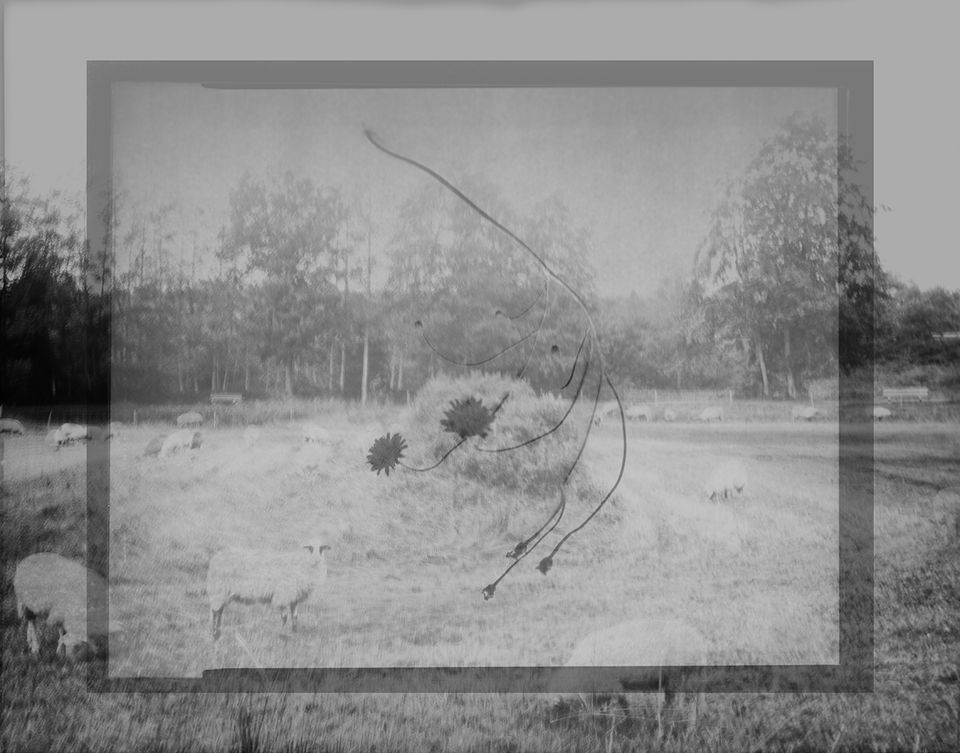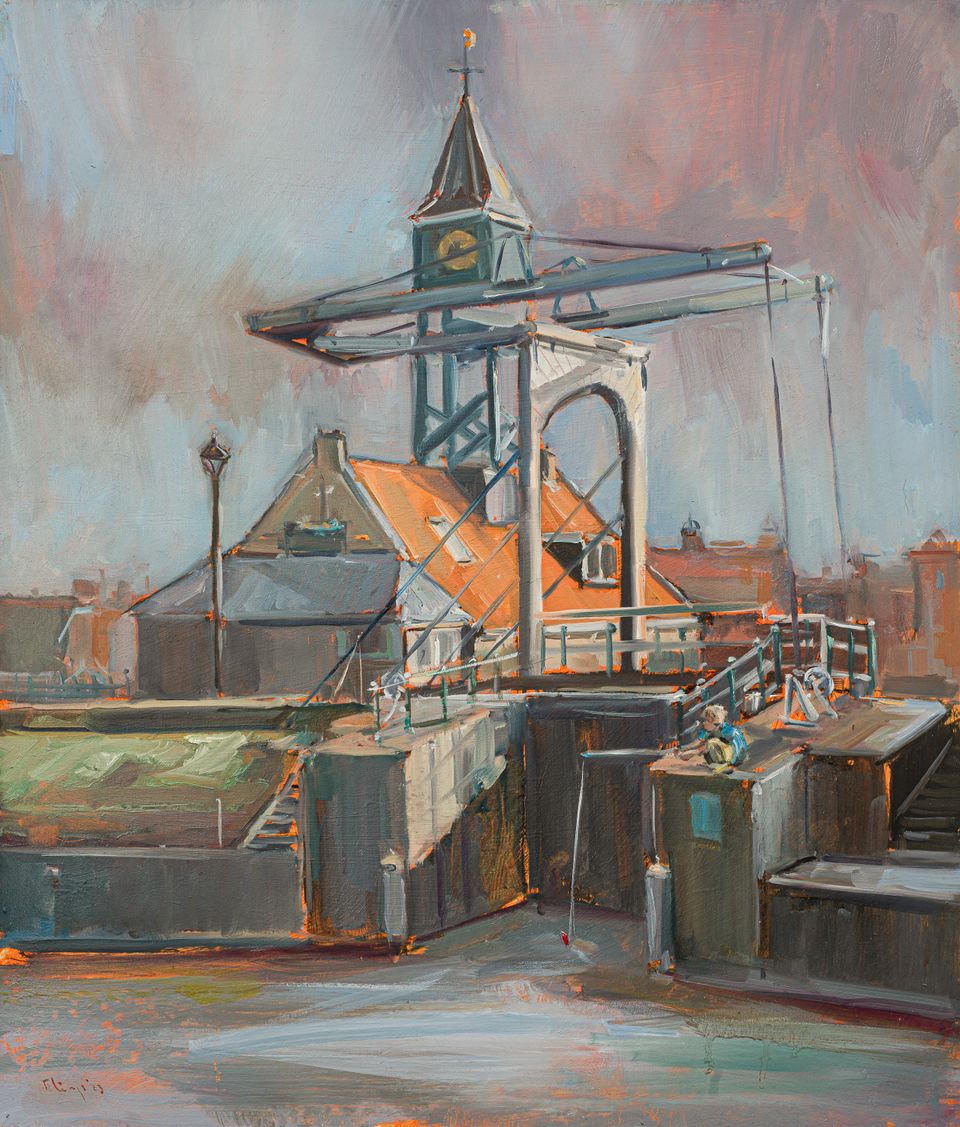Locations
5305 to 5328 of 5394 results
-
Op e Romte
Op e Romte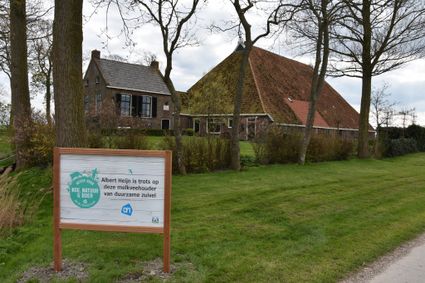 Wiuwert
Wiuwert
from your location
-
Kunstwerk Oranjewoud | Baukje Venema
Kunstwerk Oranjewoud | Baukje Venema
Een foto van Baukje Venema. Deze foto laat de ijsbaan van Oranjewoud zien en is uit een reeks van kunstwerken die bij de ijsbanen van de Iisbaankeunstrûte horen.
 Oranjewoud
Oranjewoud
from your location
-
-
Swarte Haan poldermoln
Swarte Haan poldermoln Zwarte Haan
Zwarte Haan
from your location
-
It plattelânswinkeltsje
It plattelânswinkeltsje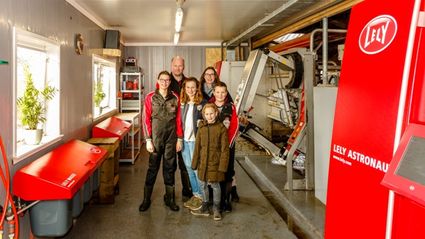 Sneek
Sneek
from your location
-
Eetcafé Het Graauwe Paard
Eetcafé Het Graauwe Paard Oudebildtzijl
Oudebildtzijl
from your location
-
Eysinga State - Bungalow 'Expatria'
Eysinga State - Bungalow 'Expatria'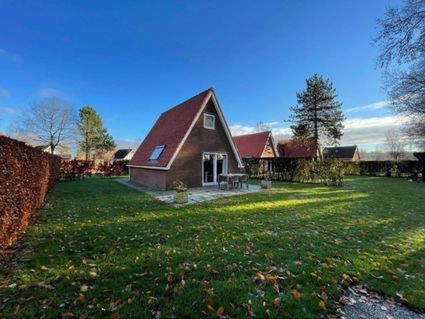 Sint Nicolaasga
Sint Nicolaasga
Direct boekbaar
from your location
-
Het dorpsplein
Het dorpsplein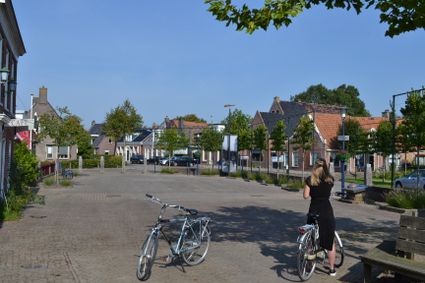 Blije
Blije
from your location
-
Schaafsma Banketbakkerij
Schaafsma Banketbakkerij Franeker
Franeker
from your location
-
Scoop Icecream
Scoop Icecream Grou
Grou
from your location
-
Melktap Jellum
Melktap Jellum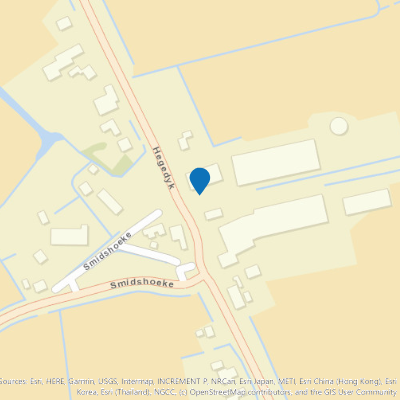 Jellum
Jellum
from your location
-
Klooster Westerhûs
Klooster Westerhûs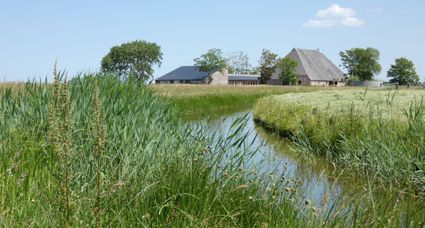 Hilaard
Hilaard
from your location
-
Boppe
Boppe Elahuizen
Elahuizen
Direct boekbaar
from your location
-
Wad'n Dream
Wad'n Dream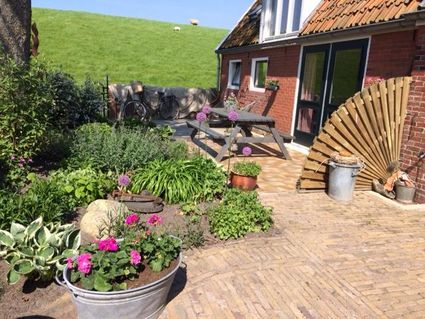 Moddergat
Moddergat
from your location
-
Villa Nova
Villa Nova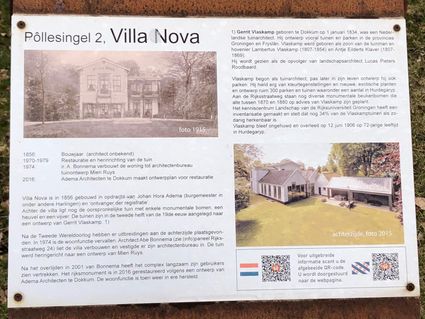 Hurdegaryp
Hurdegaryp
from your location
-
Avontuurlijk Wadlopen
Avontuurlijk Wadlopen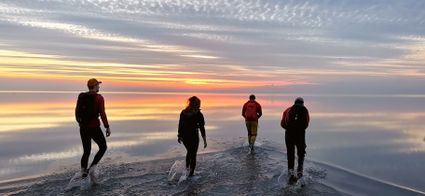 Holwerd
Holwerd
from your location
-
St Martin’s Church in Bolsward
St Martin’s Church in Bolsward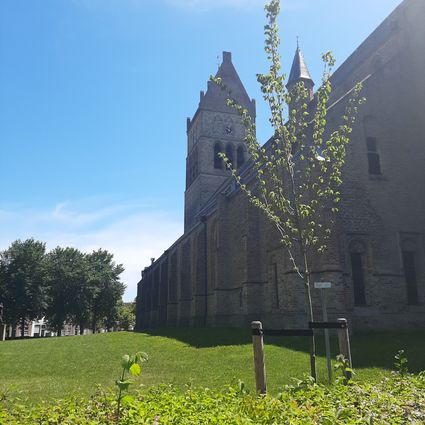 Bolsward
Bolsward
from your location
-
The liberation of Friesland 1
The liberation of Friesland 1
In early April, it became clear that the liberation of Friesland was imminent. Although the province had not suffered a real Hunger Winter like other parts of the Netherlands, there were severe shortages of just about everything. And the terror of the occupying forces was growing. This also led to increased resistance against the occupying forces. The battle between the two was tougher than ever in early 1945.
In Friesland, assault groups known as Knokploegen (KP) were responsible for most acts of resistance. But there were other groups too. On the orders of the Dutch government in London, all these groups were merged into the Dutch Domestic Armed Forces (NBS). In Friesland, this happened on 12 December 1944.
The NBS, popularly referred to as the BS, gave the armed resistance an organisation with a clear structure. The NBS was also supposed to play a role in the upcoming liberation. To this end, resistance groups were provided with weapons from autumn 1944. These were dropped from the air.
On 8 April, Radio Orange broadcast the message "The bottle is empty." This was the signal for the NBS to start carrying out sabotage operations 36 hours later. The aim was to make it as difficult as possible for the Germans to defend themselves against the approaching Allied forces.
The resistance did this by putting bridges and railways out of order, blocking waterways and blocking roads. The response of the occupying forces was ruthless. In retaliation, dozens more prisoners were shot at different times and places.Once the Canadians entered Friesland on 12 April, they were supported extremely effectively by the Frisian resistance. Because it was superbly organised, they were able to help the Canadians take control of important bridges, repair damaged bridges, and advise on the most favourable route.
By 18 April, the whole province was liberated except for the Wadden Islands (these were liberated in late May and in June). Compared to other provinces, there was little fighting in Friesland. Overall, the few thousand German troops who had been unable to flee Friesland were defeated by the Canadians relatively quickly.
The commander of the Royal Canadian Dragoons, Lieutenant Colonel Landell, praised the actions of the resistance by stating "Friesland liberated herself." While that may be a bit of an exaggeration, the actions of the Frisian resistance undoubtedly accelerated the liberation. And reduced the number of casualties on the Allied side.
In confrontations with German troops and their Dutch accomplices, at least 31 resistance fighters lost their lives. On the Allied side, at least eleven Canadians and one Frenchman were killed. The fighting and shelling also resulted in dozens of civilian casualties. The number of casualties on the German side is not known, but probably ran into the hundreds. With 320 houses destroyed and 4,000 damaged and 80 bridges destroyed, Friesland was materially the least damaged province in the Netherlands.
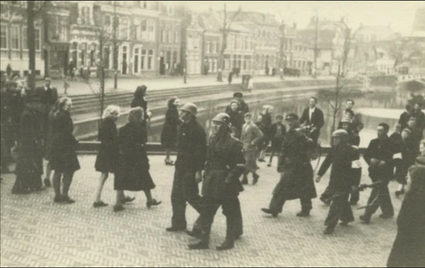 Willemsoord
Willemsoord
from your location
-
-
Ankertsjerke Oudega SWF
Ankertsjerke Oudega SWF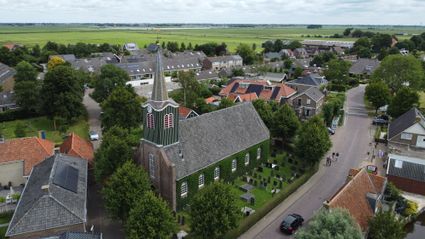 Oudega SWF
Oudega SWF
from your location
-
It Griene Strân
It Griene Strân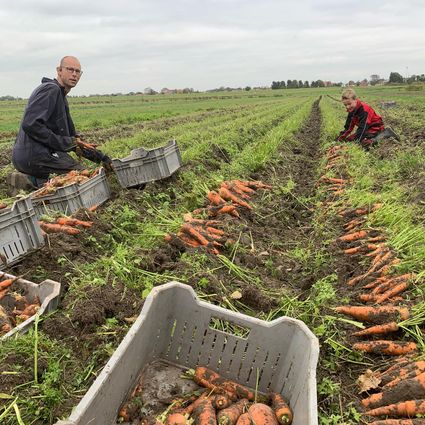 Workum
Workum
from your location
-
Kafee It wapen fân Fryslân
Kafee It wapen fân Fryslân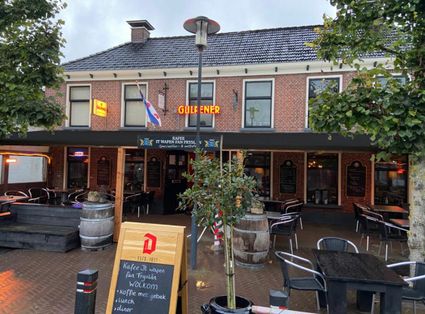 Oentsjerk
Oentsjerk
from your location
-
Elfstedenhal
Elfstedenhal Leeuwarden
Leeuwarden
from your location
-
Suppen in Friesland
Suppen in Friesland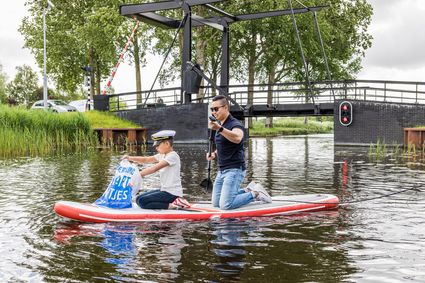 Friesland
Friesland
from your location
-
de Weefplaats
de Weefplaats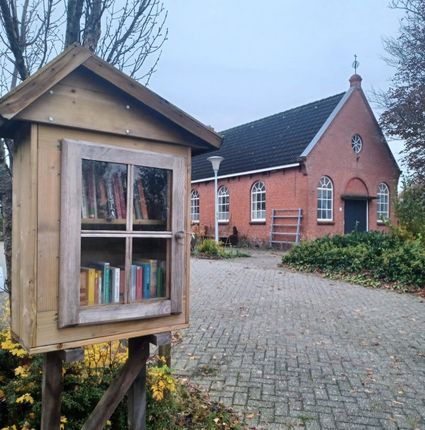 Hemrik
Hemrik
from your location
-
Kunstwerk Hindeloopen | Hendrik Elings
Kunstwerk Hindeloopen | Hendrik Elings
Een kunstwerk van Hendrik Elings. Dit schilderij laat de ijsbaan van Hindeloopen zien en is uit een reeks van kunstwerken die bij de ijsbanen van de Iisbaankeunstrûte horen.
 Hindeloopen
Hindeloopen
from your location
-
